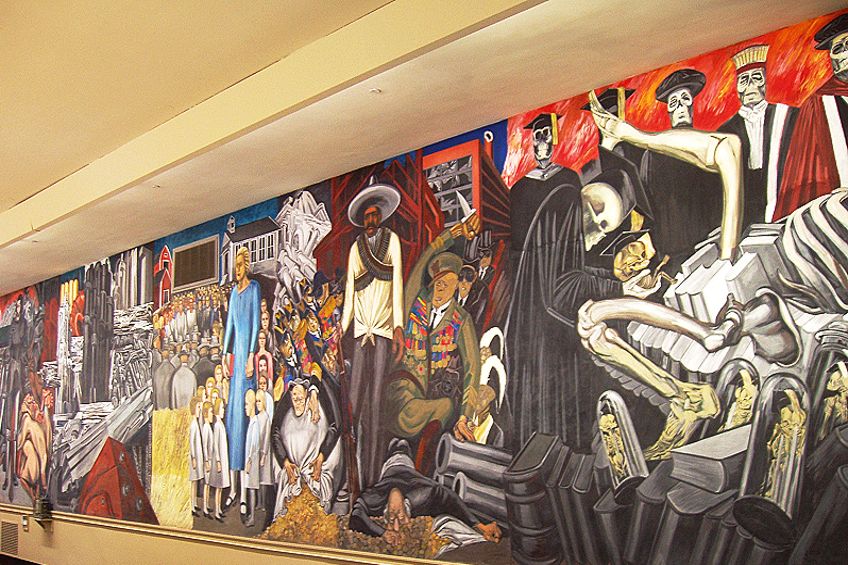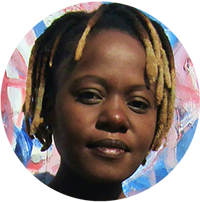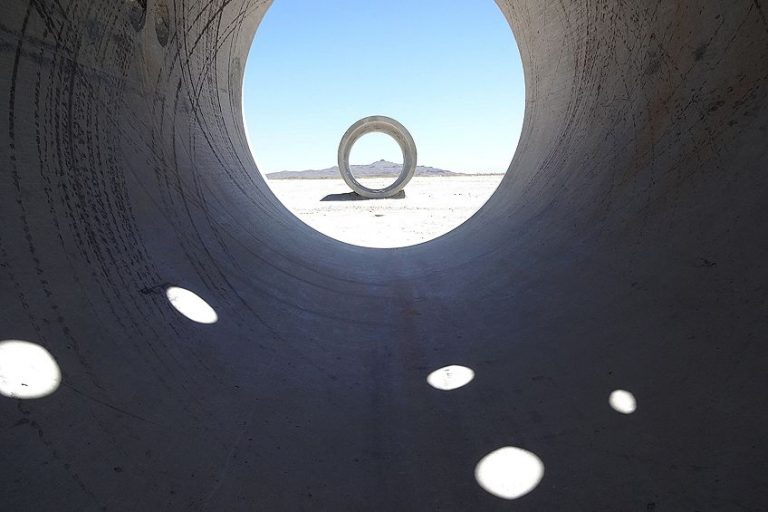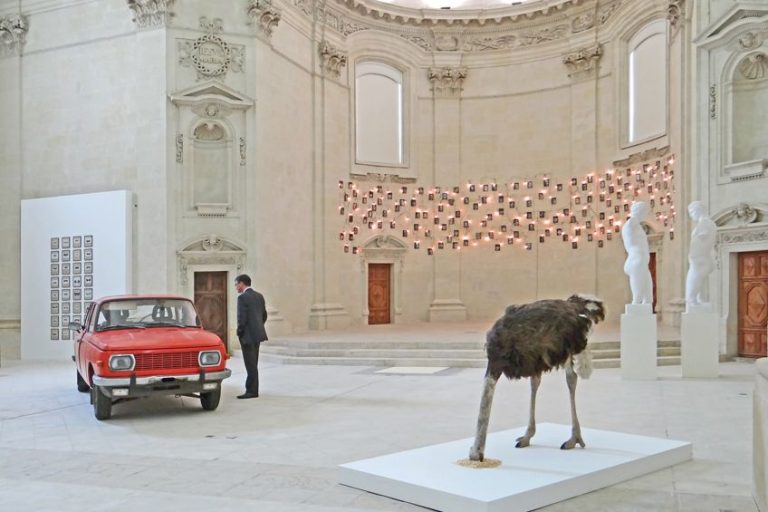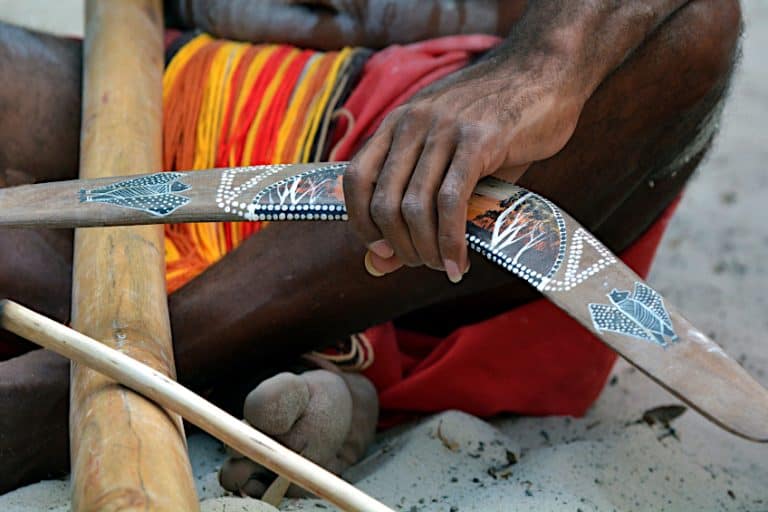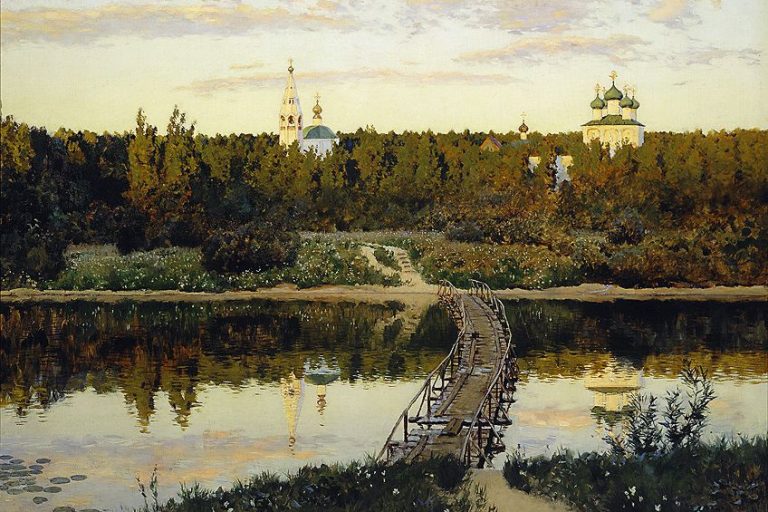Hispanic Art – Looking at Famous Hispanic Painters and Their Artworks
Nowadays, we could take for granted that Hispanic artists are those who live and work in Spanish-speaking countries. But that definition is complicated by the careers of artists like Pablo Picasso, Paul Gaugin, Jean-Michel Basquiat, and Felix Gonzales-Torres. In order to understand this genre, it is necessary to understand its history.
Table of Contents
A Brief Chronology of Hispanic Art
Famous Hispanic artwork is a global phenomenon that encompasses a range of artists through a range of periods. Mayan and Inca artists laid their foundations along with Spanish and Iberian artists from the 16th and 17th centuries, adding that conglomerate flair that has come to be associated with Latin American Art.
The Spanish Golden Age (1492 – 1659)
Around 1500, due to political unification and the rise of the Spanish Empire under the Habsburgs and Catholic Monarchs, Spain entered an artistic golden age. Spanish Baroque painters like Francisco de Zurbarán (1598 – 1664) and Bartolomé Esteban Murillo (1617 – 1682) were celebrated for their contributions.
Zurbarán’s work was more hard-edged and Murillo was known for his softer strokes.

Zurbarán, who was influenced by Caravaggio, was the leading painter in Seville around the mid-1600s. He was known for painting nuns, monks, and martyrs for Spanish religious orders. With the introduction of Rococo painting, Zurbaran’s hard-edge style fell out of favor, making Murillo the star and forcing Zurbarán to begin making work to be exported to the new world. Murillo’s The Holy Family (1660) shows a young Joseph playing with the baby Jesus. His depictions of Catholic religious imagery were a more realistic treatment of the subject matter.
Murillo, whose greatest influence was Diego Velázquez, gained recognition for his paintings which combined religious imagery with everyday scenes.
The New World (1492 – c. 1820)
The Americas had been a formidable center of trade, long before the Spanish conquest. This was a golden age for Native American populations which spread across the Americas. While Asia had coral, pearls, and spices, the new world had gold, silver, and new world vegetation such as corn and the agave.
New visual cultures were born from this exchange.
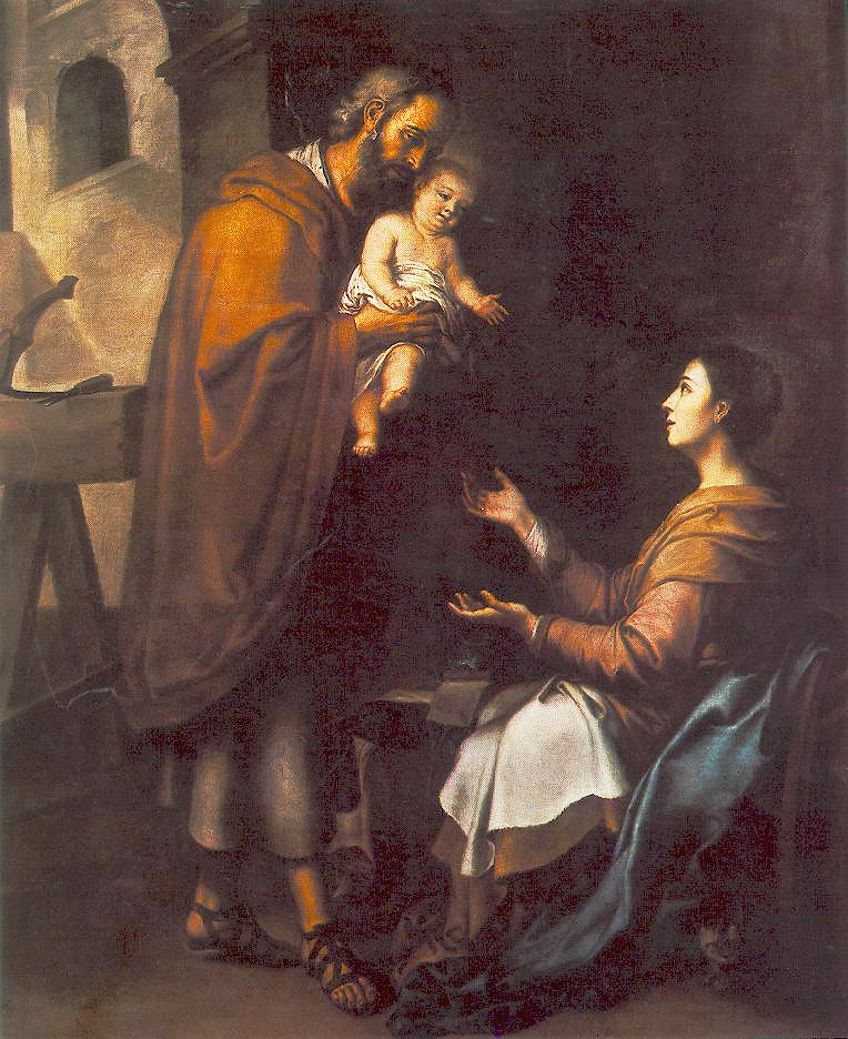
The Spanish conquest saw Spanish settlers set up socio-political units called encomiendas in places like Peru and Mexico where they could control Pacific ports and gain access to the porcelain, jade, pearls, and coral that were pouring into South America. While Spain did not have much to offer in the way of trade, they brought their world-renowned artistic training.
Scores of Spanish artists arrived and changed the course of visual culture in the new world. Inversely, Native American art had an enormous impact on European art.
One of the biggest influences was the new world color Carmine first used by Tolteks and Mishteks and later by the Aztek world. It comes from the scarab beetle which lives on cacti and yields a bright red color. The vibrant red-orange carmine is similar to crimson and is seen in many paintings of the Baroque era. It is used in the flowers on the bodice of the Infanta, throughout the background and on his self-portrait’s cross of Santiago marked doublet in Diego Velasquez’s Las Meninas (1656). A brilliance that would have been impossible without innovations from the new world.
New World Baroque
Much of early colonial imagery in South America was about converting indigenous people to Christianity. Through conversion art, Native American artists were exposed to European techniques and soon South Americans began writing themselves into Christian iconography. They did not have the same training as immigrant artists but they used what they could from European art to develop a brand-new style.
The imported, over-the-top style of Spanish and Portuguese Baroque was transformed into what we could call ultra-Baroque. The riches of the new world provided the means to realize ambitious designs which combined Gothic, Baroque, Rococo, Islamic, and Renaissance influences with Native American sensibilities.

Juan Correa (1646 – 1716) can be seen as the first truly great Mexican painter. In The Virgin of the Apocalypse (c. 1689) the iconographic imagery depicts a version of the virgin Mary, but much as with similar paintings of the time like the venerated The Virgin of Guadalupe (1531), Mary has become a symbol of native ideas and native practice instead of a straightforward tool for Catholicism. In Juan Correa’s work, Zurbarán’s sharp-edged influence is evident.
Inspired by Murillo, Miguel Mateo Maldonado y Cabrera (1695 – 1768) was one of the most famous painters of 18th century viceregal Mexico.
The Visitation (18th century) is a candid portrayal of Mary and Elizabeth as they learn that Mary is going to be the mother of God. In the background, Joseph clutches hands with Zachariah who is Elizabeth’s husband. In European paintings of the visitation, Joseph isn’t present. In South America for some reason, Joseph became a much more prominent figure.
Cuzco School (16th, 17th, and 18th Centuries)
The Cuzco School developed in and around Cusco in the late 16th to early 18th century. Their Roman Catholic imagery was a blend of the Baroque, Rococo, and native iconography. These artists spread out all over the region from Bolivia to Ecuador and Peru. Many of them had no formal training but learned mannerist techniques from the Italian Jesuit painter Democrito Bernardo Bitti (1548–1610).
Diego Quispe Tito (1611 – 1681) was the most famous artist to come out of this movement, partly due to the fact that many of the artists remain anonymous.
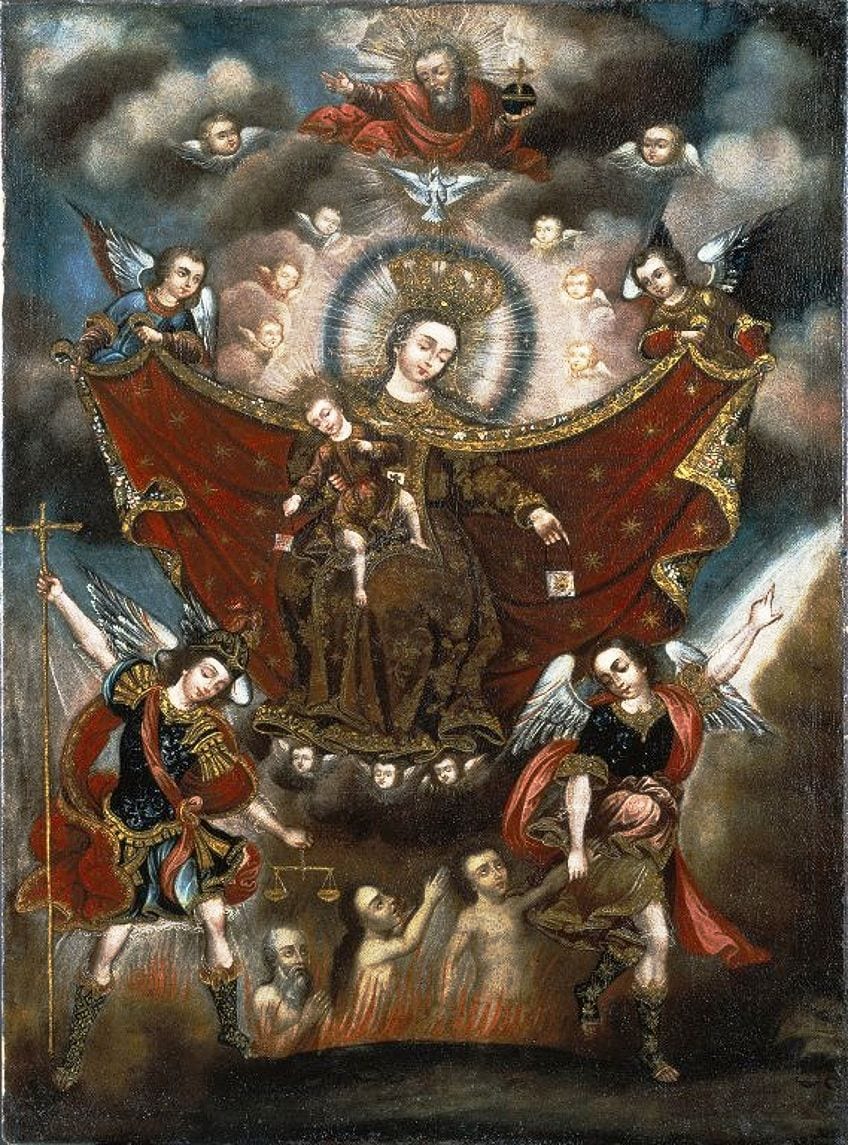
St Joseph with Christ Child (19th century) shows Joseph leading the Christ child by the hand. Unlike much of European religious imagery, Joseph is shown as a young, handsome man. Having quickly become a patron saint in the new world, many depictions of Joseph signified fatherhood and patronage. The Catholic church capitalized on this development to send the message that they were willing to become the new world’s adopted father.
Independence Movements
After the French revolution (1789 – 1799) Napoleon’s armies tore across Spain and seized Madrid. From 1800 to 1833 Spain was submerged in independence wars. The Habsburgs lost control of Spain in 1700, giving rise to the Bourbon Dynasty. However, the Bourbon Dynasty was itself subsumed in the July Revolution of 1830.
Inspired by these changes, Mexico finally gained its independence in 1821 after 400 years of Spanish rule.
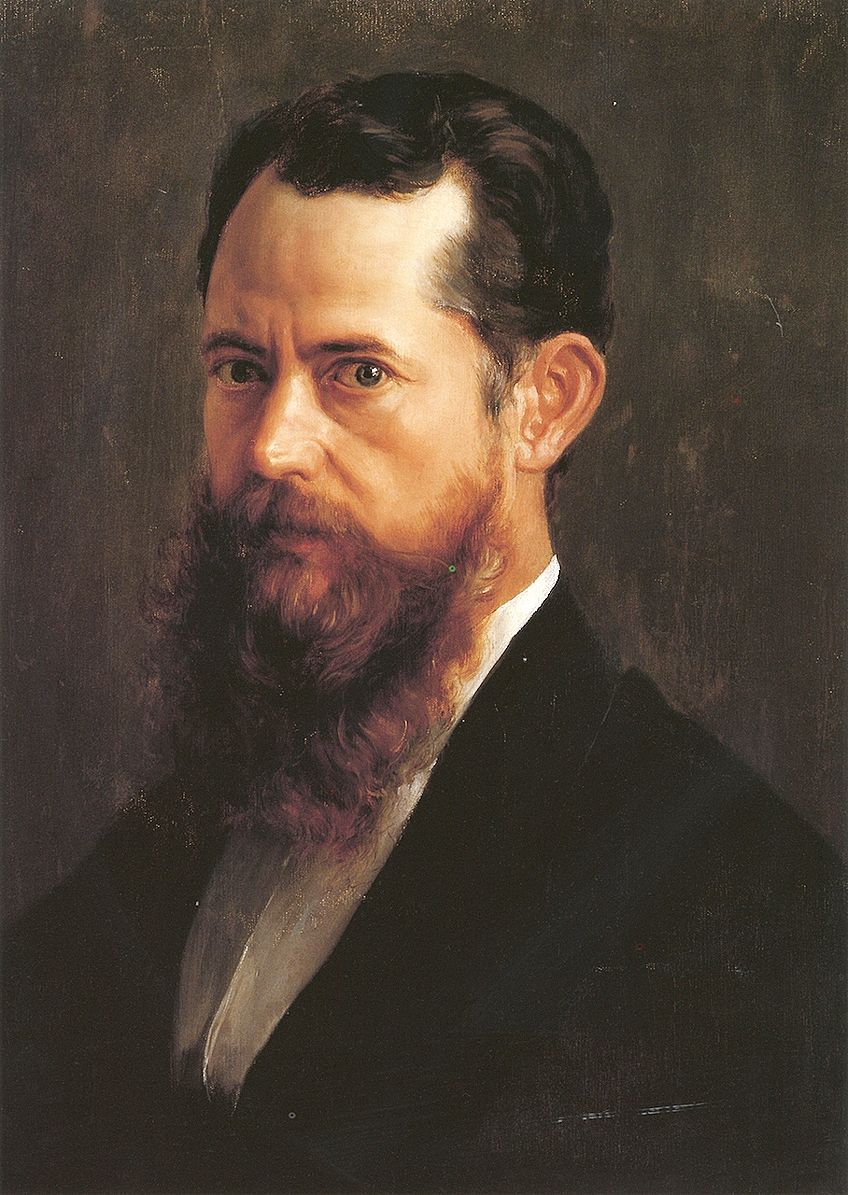
In the 19th century, there was a rise of artists such as José María Velasco Gómez (1840 – 1912), who celebrated Mexican heritage through paintings like The Pyramid of the Sun in Teotihuacan (1878). Just as Europe had a claim to great civilizations of the past like the Greeks and the Romans, the new world was reconciled with its own great civilizations.
The Aztek and the Inca were living cultures when the conquest sought to erase their cultures to make way for Christianity. It was not until the 19th and 20th centuries that places like Teotihuacan, Mexico, which was built by the Azteks, were archeologically excavated, becoming major symbols of national identity.
The Mexican Revolution, which began in 1910, sought to overthrow the Porfirio Díaz dictatorship. Its end in 1920 had a huge impact on Hispanic art, and the mission to transform the country began.
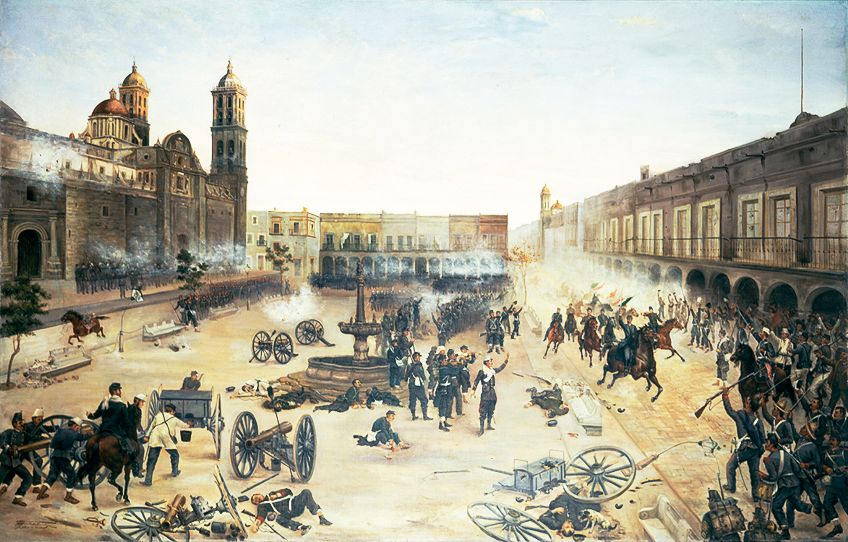
The great outburst of creativity that came from the Mexican Revolution signifies a move towards the self-recognition and self-actualization of Mexican people. By 1925, Mexico was experiencing an artistic renaissance, free from European pretensions and catholic morality.
Mexico City became a mecca for artists and reformers drawn to its vibrancy.
Like the church decorations of their past, murals first became popular because the new world was a largely illiterate population. Murals were a way to communicate socio-political ideas to the people through imagery. To this day murals remain a key feature of Latino neighborhoods around the world.
Hispanic Artists
Hispanic artists have been trailblazers who are unafraid to speak out about the social conditions of their time. As diverse as they are in background or geographical location, the visual cultures of Spanish-speaking artists share a visionary quality. Throughout art history, famous Hispanic paintings have incorporated their cultural context to create art that was both beautiful and meaningful.
Diego Velázquez (1599 – 1660)
Diego Velázquez was born in the inland port of Seville, which had become immensely wealthy as it was the chief port of trade with the new world. It was also a major religious center, deploying scores of painters to make decorations for its churches and monasteries.
Velázquez became court painter for King Phillip IV in the late 1620s. During Velázquez’s 40 years as a chief painter to the Spanish court, he became famous across Europe for his royal portraits. When Velázquez was 57 years old, he completed Las Meninas (1656).

The huge canvas shows a group of figures in Velázquez’s studio at the royal palace in Madrid. In the center of the painting stands the five-year-old Princess, the Infanta Margarita, surrounded by members of her entourage. For the first time, Velázquez included himself among the courtiers, but more than that, he showed himself in the act of painting.
In Las Meninas, Velázquez challenged the conventions of royal portraiture.
He inverted the composition and made the most important figures in the scene, the king and queen of Spain, virtually absent, drawn only through a faint reflection in a mirror. This positioned them outside the picture, in the viewer’s place. For this reason, Las Meninas is one of the most debated and celebrated paintings in the history of art.
Francisco Goya (1746 – 1828)
Spanish painter Francisco Goya is seen as the last of the old masters and his work would help move Western art towards modernism. Goya was born in the late 18th century during a period of great change for Spain. Ideas of enlightenment were spreading across Europe and calling into question the traditional beliefs society was organized around. Though he’d been court painter to Charles III, he had kept his job as court painter in Madrid under French occupation.
Goya spent many years, both during and after the occupation, creating the now-famous Disasters of War (1810 – 1820) series, which railed against the horrors of war and atrocities committed by both sides.
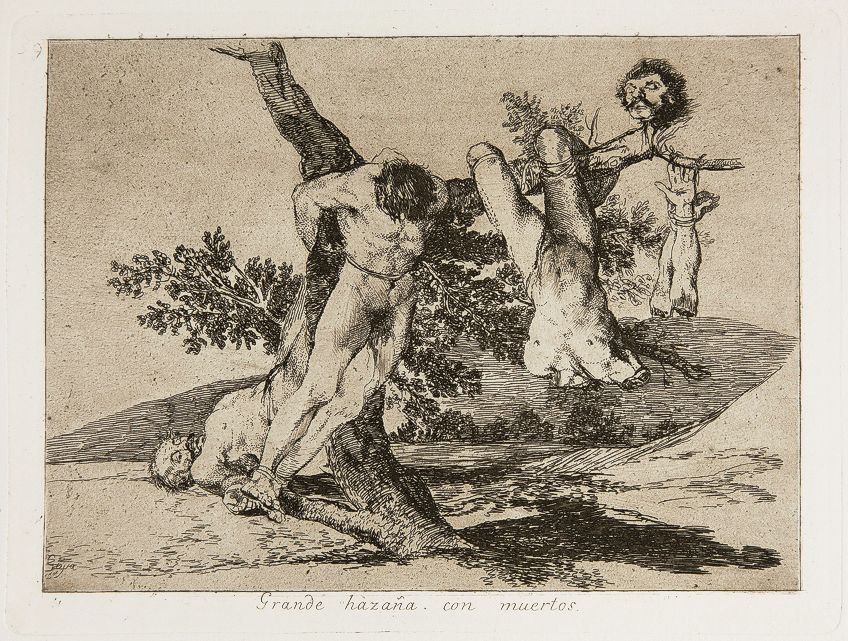
Disasters of War No. 39: Grande Hazana! Con Muertos! is one of the most famous of shocking subject matter. It was not published until about 35 years after Goya’s death. Goya did not make these images to glorify or justify Spain’s actions. Instead, he reframed conflict as a heap of individual acts of carnage and barbarity.
The Disasters of War shatter the narrative of heroism and bravery, which obscure the true horrors of war.
This work’s impact has been so widely felt that many artists who came after Goya would turn a similar skeptical eye to war. Picasso’s Guernica (1937) comes to mind as an image that would follow in this tradition.
Pablo Picasso (1881 – 1973)
Much of Pablo Picasso’s artistic life was spent in France, but his engagement with his Spanish roots is noteworthy. In 1906, after seeing them at the Louvre, Picasso became fascinated with the crude severity of the ancient Iberian heads. The heavy eyelids and huge ears offered Picasso an alternative way of painting the world.
The extent of this influence on Picasso would be realized in 1936. That year, his home country of Spain was being ripped apart by a brutal civil war. In April 1937, in support of Spanish fascists, a squadron of German aircraft flattened the communist opposition-held town of Guernica with 5000 bombs, massacring more than 1500 civilians.
Picasso responded by making “Guernica” (1937), perhaps the most important painting of the 20th century.
It shows a massive mess of mangled, dismembered limbs. The jagged flare at the top of the canvas symbolizes an explosion. Carrying her dead child’s corpse, the woman on the left of the painting appears to have a dissolving face due to her grief. Her nostrils and eyes dripped off her head. Her mouth with a piercing tongue makes an almost audible image of the shrill sound of her cry.
“Guernica” was first shown at the Spanish Pavilion at the 1937 Paris World Fair.
As Spain faced the Second World War, with Nazi Germany on one end and the Soviet Union on another, the painting came to symbolize the barbaric depths to which humanity could descend. It traveled more than fifty times before it was eventually returned to Madrid.
José Clemente Orozco (1883 – 1949)
In murals like The Epic of American Civilization (1932 – 1934), José Clemente Orozco integrated Native American stories and legends into his image of Mexican identity, tracing the trajectory up to the point of the Mexican revolution. This strategy would enormously influence Chicano Art which emerged in the early 20th century.
In Orozco’s epic murals, the juxtaposition of the scenes of ancient America with that of modern America, in which he questions the linear narrative critically, engages popular accounts of manifest destiny, ideology, and pan Americanism.
The first four panels of his mural entitled Cortez and The Cross (1932-1934) depicts the conquistadors in a scene of destruction, large boulders pile up to the sky with rubble, an ominous cross, while a heap of naked corpses lies beneath the armored Cortez’s victorious gesture.
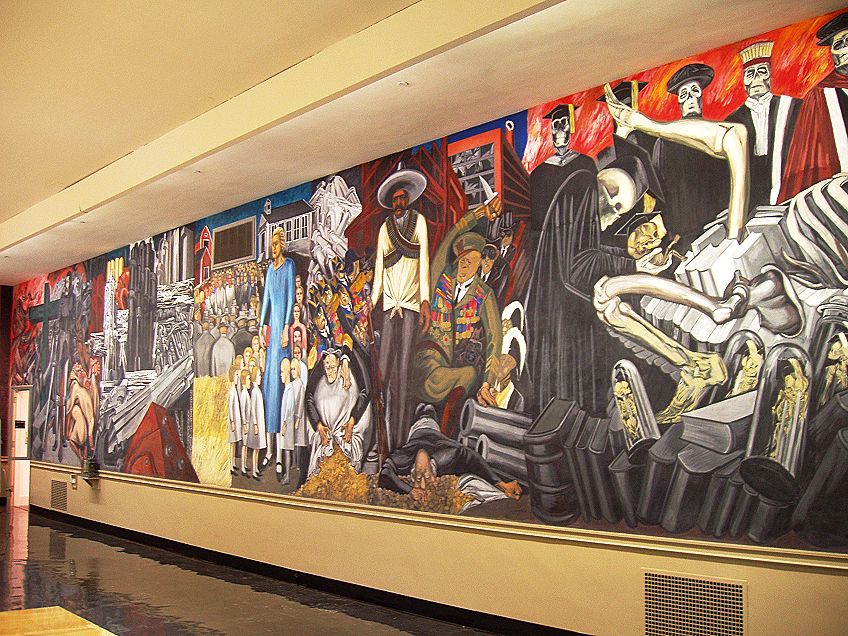
Orozco disrupted the American exceptionalism of settler mentality which erased other cultures and centered the Anglo-Saxon narrative as the history of America. He juxtaposed what was happening in the 1930s with the imagery of the Spanish inquisition to question the unfolding of historical events.
Without romanticizing Mexican identity, Orozco presented American history from a Mexican perspective. Orozco depicted Mexico as a victim of both internal and external corruption. He focused on the peasant revolution as an emblem of popular struggle.
The revolution represented the refusal of the sovereign authority of the Spanish conquest and Mexico’s post-independence liberal governments. As the only dark-skinned protagonist in the modern part of the Dartmouth murals, the figure represented the threat of racial violence that fostered Anglo-American fears about the Mexican Revolution.
Diego Riviera (1886 – 1957)
Diego Riviera had spent the years of the revolution in Paris studying Cubism, where he became well respected by his peers, which included Picasso. Celebrated in his native country for his achievements, he returned to Mexico in 1921 after the Mexican Revolution.
Along with José Clemente Orozco and David Alfaro Siqueiros, Riviera was one of the “big three” artists commissioned to cover public walls with murals that would tell the rewritten stories of the country’s history.
Riviera’s murals narrated Native American mythology, the Spanish conquest, the wonders of industrialization, and the uprising of the working class through bold use of color and simplified shapes. One of the best works of the mural movement is The History of Mexico (1929 – 1935), which is housed in the Palacio Nacional in Mexico City.
Joan Miró (1893 – 1983)
Joan Miro was born in Barcelona, but the landscapes and surroundings of the Catalonian town of Mont-roig were crucial elements of his work. Made in Mont-roig, The Tilled Field (1923), is perhaps the first example of Miró’s surrealist painting. It referred to his artistic heritage in prehistoric Latin painting.
Miró painted the Catalan and French flags at either side of a pole, while the Spanish flag flew alone, perhaps showing his support for the subjugated regime.
In 1934, Spain had plunged into turmoil. The October Revolution had extended all over the country leading to an economic recession. Still Life with Old Shoe (1937) was made in France while thousands were being massacred back home in Spain.
Miró said the symbolic elements of the painting were subconscious. He realized later that the fork in the apple could represent the bayonet piercing the chest of the enemy. His use of color and tone evoke a claustrophobic response to the piece of old bread and apple, an empty bottle, and an old shoe.
Years later, art critics would refer to this painting as Miró’s own version of Guernica.
Salvador Dalí (1904 – 1989)
Born on the dramatic coastline of Northeast Spain, Salvador Dalí’s work was compelling because he painted impossible worlds, based on places that he knew and loved. In order to fully understand Dalí’s painting, one has to know Cadaqués, the town where the Dalí family spent their holidays. Dalí once said: “I cannot separate myself from this sky, this sea, these rocks.”
The Great Masturbator (1929) is based on a recognizable rock in Cadaqués, but its distortions of reality are Dalí’s interpretation. There is a grasshopper on the protagonist’s mouth. The figure at the bottom left-hand side of the painting, whose shadow leads to another two figures, is said to represent a memory of Dalí and his parents walking on the beach at Cadaqués.
After becoming one of the most famous artists alive, he returned to Cadaqués in 1929, where he would paint some of his best paintings. His new focus on religious art led him to paint Christ of Saint John of the Cross (1951) with its aerial view of the crucifix and the coast of Cadaqués.
Frida Kahlo (1907 – 1954)
Frida Kahlo was born in Mexico City in 1907. With a Native American mother from Oaxaca, she was extremely proud of her heritage. In 1910, the year Frida turned three, the Mexican Revolution exploded across the country. One of the intellectual missions of post-revolutionary Mexico was the National Preparatory School. In 1922, Frida became one of the Preparatory’s first female students.
At 21, with the violence of the independence over, Frida joined the creative vitality of the city. She socialized with a community of Marxists, communists, anti-imperialists, leaders, artists, and political exiles.
Plagued by ill-health from an early age, she died at the age of 47. However, over the years, her deeply personal and symbolic surrealist paintings made her an icon of art, feminist and political movements, and pop culture.
Frida Kahlo has become one of the most famous artists of the 20th century.
Chicano Art
Chicano originated as a derogatory term that Mexican people used to describe Mexican people who had emigrated to America. In the late 1960s, the civil rights movement reclaimed the term which began to encompass the new Mexican American experience.
Chicano Art was traditionally classified as folk art, and it has its roots in Mexican mural traditions.
Carlos Almaraz was one of the original Chicano painters. His painting Echo Park (Falling Angels), (1974) depicts abstract forms descending onto Echo Park, a significant Latino location. Another Crash (Police) (1979) comes from his collection of car crash paintings which represented inner-city angst.
Los Angeles-based Leo Limon‘s pastel painting, Mas Guegod (2000), meaning more games, depicts Aztec symbols surrounding a smoking figure. Pastel became a common medium in Chicano Art because of its affordability.
In Chicano Art, these artists are able to represent their own realities instead of having certain identities thrust upon them. As Americans who are somewhat excluded from Americanness, their experiences of the inner city, as well as the violence and vibrancy that emerge, are what constitutes what we know as Chicano Art today.
Patssi Valdez (1951 – Present)
One of the foremost Chicana painters Patssi Valdez emerged from the Chicano collective Asco which is Spanish for nausea. Asco came out of the punk movement and operated from 1972 to 1987. By experimenting with avant-garde expressionist themes, Asco disrupted the boundaries of Chicano art which had until then been limited to murals and posters.
Valdez was the only female of the four founding members. Her painting, Blue Girl In A Yellow Dress (1995), echoes the traditions established by female Mexican painters like Frida Kahlo.
The composition of the painting with its skewed angles puts us at odds with the traditional backyard snapshot of a girl who’s in her Sunday best, complete with white gloves and the little pink socks before going on to mass.
Valdez’s representational critiques of gender gave her work an edge that was distinctly feminist. Her paintings focus on interior domestic spaces and her images are saturated with color that creates dream-like and emotionally charged spaces.
Valdez described her paintings as “snippets of environments which I consider embodiments of my Chicano experience”.
Endless Evolution
From the ancient art forms of Aztec, Inca, and Mayan cultures, to the Spanish Golden Age and the contemporary creative scenes of Mexico City, San Diego, Los Angeles, or the Bay area, Hispanic art’s heart beats because of the distinctions and inherent connections that have existed over time.
Hispanic painters never discard their cultural influences, but simply adapt their previous influences to their new environments. These evolutions constitute a necessity for the ongoing study of this ever-changing genre. It is these metamorphoses that allow us to examine what Hispanic art really is.
Frequently Asked Questions
Where Does the Term Hispanic Come From?
Anglo-American settlers absolved themselves from the barbarities of the Spanish Empire. The construction of the term Hispanic was based on the ideological distinction between the two colonies. It separated people who were not white or Anglo-Saxon and over time, the term Hispanic became synonymous with being un-American, disregarding the fact that the boundaries between the United States and Mexico were European inventions.
What Are Casta Paintings?
Casta paintings are an important part of Latin American art history and they demonstrate the impact of culture on art. Casta paintings were used to convey white supremacy, promoting the idea of European dominance on the social and racial hierarchy.
What Does Hispanic Art Have to Do With African Art?
Famous Hispanic artwork often incorporates many layers of cultural influence. Spanish and Portuguese colonizers brought with them millions of African slaves which led to the integration of age-old African visual arts traditions in the region.
Who Is the Most Famous of the Hispanic Painters?
The most famous Hispanic paintings were made by Pablo Picasso. He may have spent most of his time in Paris, but Picasso was a Spanish artist first and foremost and always looked to his Spanish roots for inspiration.
Heidi Sincuba was the Head of Painting at Rhodes University from 2017 to 2020 and part of the first Artist Run Practice and Theory course at Konstfack in Stockholm, 2021. They completed their BFA at Artez Arnhem in the Netherlands, MFA at Goldsmiths University of London, and are currently a Ph.D. candidate at the University of Cape Town.
Heidi Sincuba’s own practice explores fugitivity through painting, drawing, text, textiles, performance, and installation. This praxis is founded on a conceptual intersection of biomythographic experimentation, existential automatism, and African ancestral knowledge systems. These methodologies of multiplicity result in a fluid and speculative aesthetic, continually manifesting and metamorphosing its material conditions.
Learn more about the Art in Context Team.
Cite this Article
Thembeka Heidi, Sincuba, “Hispanic Art – Looking at Famous Hispanic Painters and Their Artworks.” Art in Context. March 3, 2022. URL: https://artincontext.org/hispanic-art/
Sincuba, T. (2022, 3 March). Hispanic Art – Looking at Famous Hispanic Painters and Their Artworks. Art in Context. https://artincontext.org/hispanic-art/
Sincuba, Thembeka Heidi. “Hispanic Art – Looking at Famous Hispanic Painters and Their Artworks.” Art in Context, March 3, 2022. https://artincontext.org/hispanic-art/.


